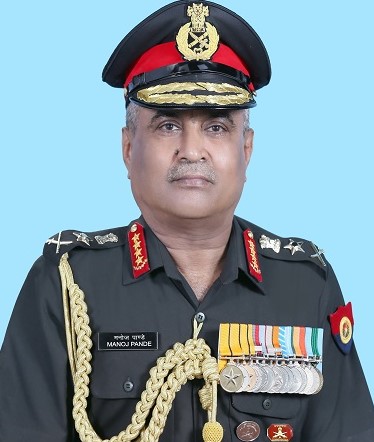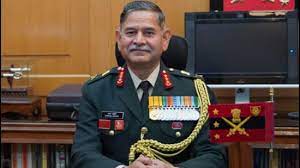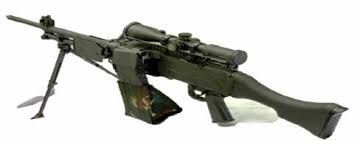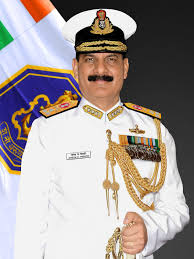Indian public sector aerospace and defence manufacturer Hindustan Aeronautics Limited (HAL), which currently has the capacity to build eight Light Combat Aircraft (LCA) Tejas per year, intends to take up to 24 in next three years.
At present, HAL has capacity at around six in numbers.
Its LCA Tejas division as well as the aircraft division are producing; there are two lines over there that are capable of producing 16 numbers.
So, this is what has been planned as per the contracted delivery schedule.
The first version of the Tejas LCA aircraft was inducted into the IAF in 2016. Currently, two squadrons of IAF, 45 Squadron and 18 Squadron, are fully operational with LCA Tejas.
An order worth Rs 36,468 crore for delivery of 83 LCA Mk 1A aircraft has been placed with HAL and delivery is scheduled to begin by February 2024, a latest Ministry of Defence statement read.
More than Rs 9,000 crore has been sanctioned for the development of LCA Mk 2, an updated and more lethal version of LCA Tejas.
To further promote indigenisation, including the aircraft engine, the Transfer of Technology for manufacturing of the GE engine in India has been negotiated with GE during the Prime Minister’s visit to the US in June 2023.
Tejas will be the largest fleet of fighter aircraft to be operated by the Indian Air Force in the coming years.
Besides, it will likely need a three-year a three-year timeframe to absorb the technology for its ambitious co-production of GE F414 jet engines for the Indian Air Force.
As of now HAL have already initiated the discussions with GE Aerospace.
The MoU has already been signed in the month of June for the transfer of technology.
And then, subsequent to that, GE also has to get the necessary approvals from their government (the US administration), which has also been approved.
And now the next step will be that HAL will have to sign a manufacturing licence agreement with GE.
And once that licencing agreement is signed with GE, subsequent to that, GE will submit to us a formal proposal for the design and development of these engines within the country, for the transfer of technology of the engines within the country.
Thereafter, HAL will start negotiating with them, and the contract will be finalized.
After this GE will start working on this transfer of technology processes, and we will absorb the technology in the next three-year timeframe.




